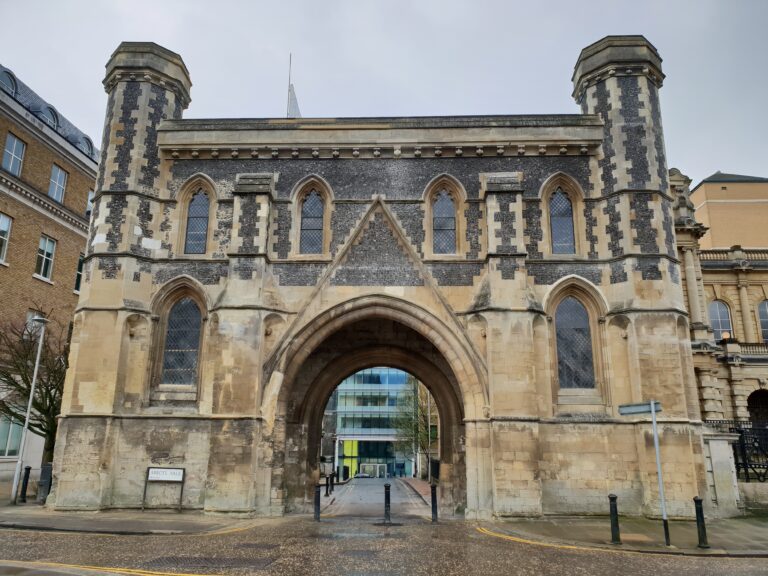After the court had made the twelve-mile journey from Abingdon Abbey, they arrived at the Old Palace of Langley on 16 July , staying for five days. Today, perched on high ground to the south of the village of Shipton-Under-Wychwood, is the small hamlet of Langley, locally famous for being home to a site where it’s traditionally said once stood King John’s Palace. Although the Old Palace of Langley was extensively remodelled in 1858, the converted building includes Tudor walls and It’s still possible to see the initials H E, for Henry VII and Elizabeth of York, on a stone panel at the front of the farmhouse.









